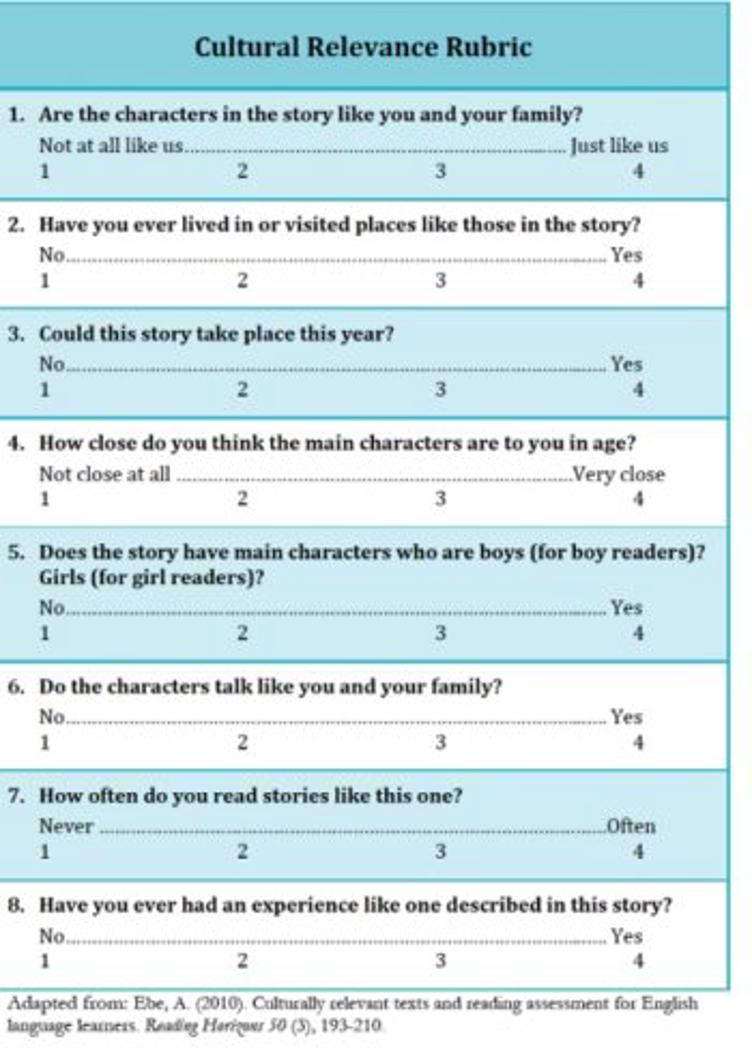
Something went Wrong
Try entering your email again or contact us at support@qfi.org
Try entering your email again or contact us at support@qfi.org
You’ll receive an email with a confirmation link soon.
Nov 16, 2023
By Aisha Alfadhalah
Translanguaging refers to the language practices of multilingual people. Growing up in a bilingual environment, I have noticed firsthand that many language practices are used (English, fuSHa Arabic, and dialectal Arabic). Similar to my bilingual students that come from diverse backgrounds in the Arabic-speaking world and are in bilingual education schooling, I observe that the children speak one language, and the parents speak another to each other! In school, one teacher will speak one Arabic dialect, another teacher would speak in English, and their students mingle a diversity of Arabic and English fluidly to narrate a story. Bilingual students flexibly use their linguistic resources to make meaning of their lives and their complex worlds. Bilinguals have one linguistic repertoire from which they select features strategically to communicate effectively.
Below are three powerful, culturally relevant strategies to encourage students to use all their linguistic repertoire flexibility to access and learn both rigorous content and language for academic use.
Choose texts/books that connect directly to students’ linguistic and cultural backgrounds. Incorporating culturally relevant texts help bilingual students draw upon their background knowledge to comprehend the text they are reading. You can use a “cultural relevance rubric” to asses which books your students most identify with.
-
This pedagogical strategy is described by Cummins (Cummins & Early, 2011). Ask students to create a bilingual text in whatever language they have stronger writing ability (or even to write the text bilingually) to share their cultural and linguistic identities and experiences. Students begin by creating initial drafts to express freely their ideas and their identities. Then, they translate the text to the other language/dialect with a support of a peer or an adult.
When you create a display/structures/activities, think about how you can represent the multilingual identities of the students.
Greetings: Ask bilingual students to teach their classmates a greeting in their Arabic dialects, practicing over time until the class is able to use these multilingual greetings.
Songs: Use songs with multilingual versions, or you can pause after several times of singing the song and let the students fill in their dialect/language. This will increase their linguistic awareness.
Station names (e.g. circle, work, outside): Many classrooms give names to each table or station. These names can be multilingual, and bilingual students can be a part of the process of teaching their classmates how to say the station name in their home language. This is a good group-building activity at the beginning of the class.
Rules and Routines charts labels around the classroom: Develop and write the class rules in both languages or in a bilingual sentence, intentionally mixing both languages/dialects. Q
For more classroom resources, instructional materials, and activities, head over to the QFI Resource Portal.
Aisha Alfadhalah, Ed.D., CCC-SLP, is a trilingual Speech-Language Pathologist at the Center for Autism and Related Disorders at Kennedy Krieger Institute. She focuses on the treatment and evaluation of multilingual students. Her research interest is in the field of multilingualism, specifically the importance of maintaining the home language to develop the cultural and linguistic identities of children with and without developmental disabilities.


